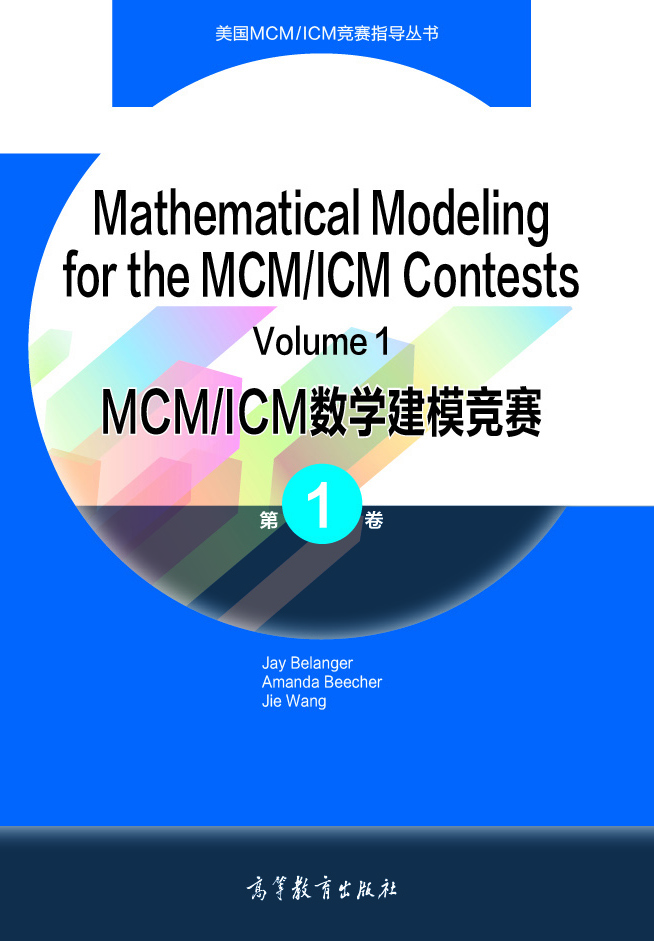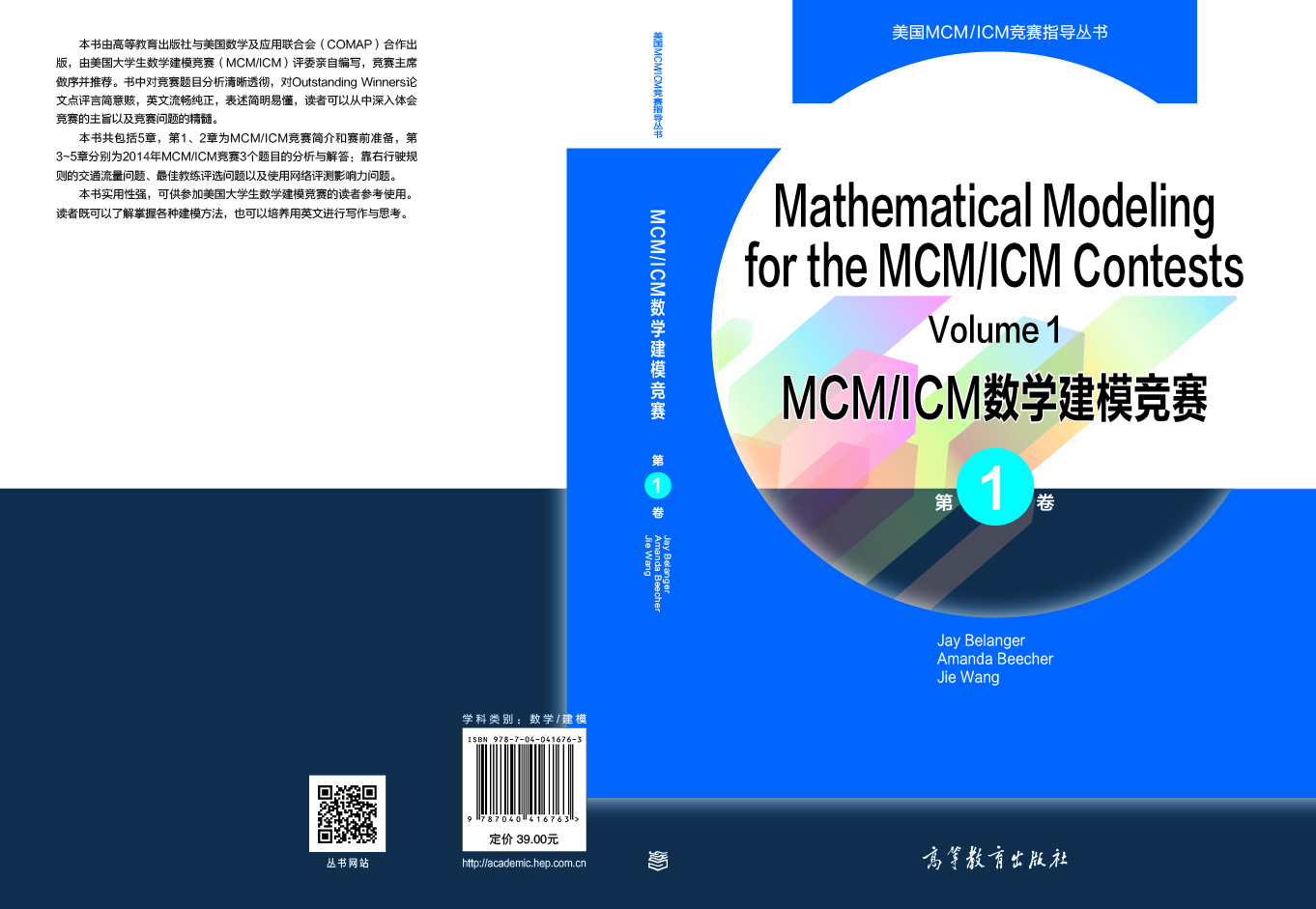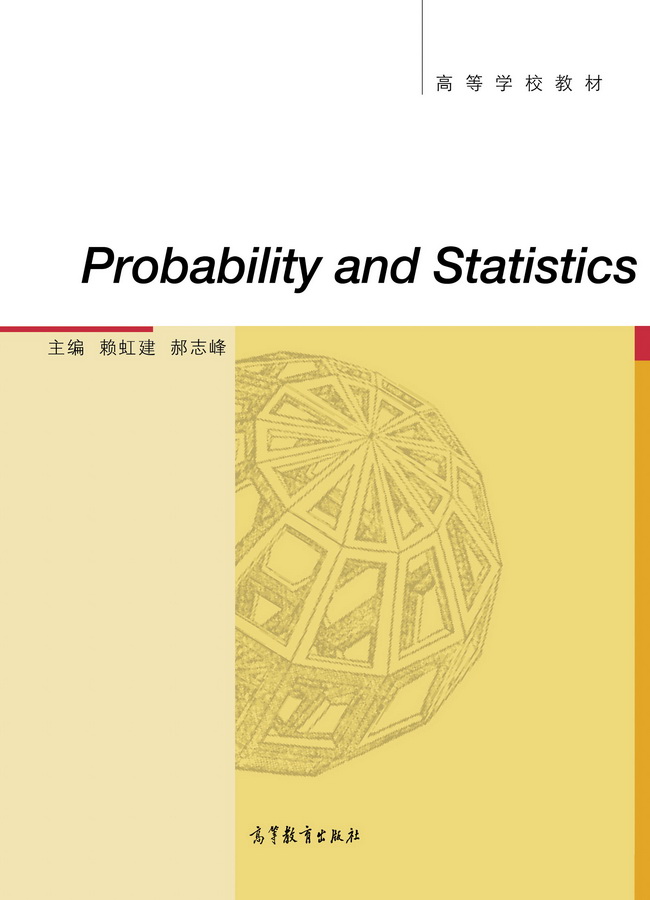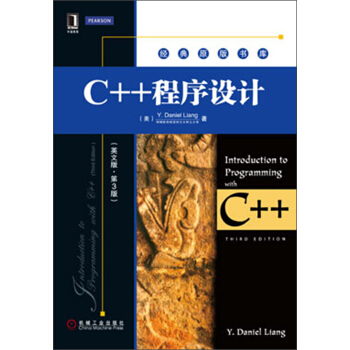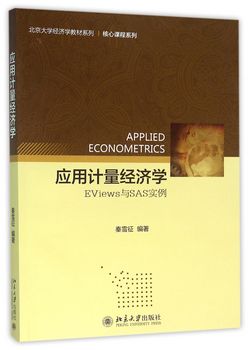MCM/ICM数学建模竞赛 第1卷,英文版
作者: Jay Belanger等
出版时间:2015-01
出版社:高等教育出版社
- 高等教育出版社
- 9787040416763
- 1版
- 25746
- 48266297-0
- 平装
- 16开
- 2015-01
- 210
- 161
- 理学
- 数学类
- O141.4
- 数学、统计类
- 本科
本系列丛书是以美国大学生数学建模竞赛(MCM/ICM)赛题为主要研究对象,结合竞赛特等奖的优秀论文,对相关的问题做深入细致的解析与研究。本辑针对2013年MCM/ICM竞赛的3个题目:最佳巧克力蛋糕烤盘问题、淡水资源的调配问题以及地球生态环境的健康临界点问题等进行了解析与研究。由于参赛论文需要用英语书写,同时考虑到不同层次读者的需要,故本书包括两部分:一部分是地道的英文,另一部分为与之对应的中文,便于读者在学习建模方法的同时,逐步培养用英文写作及思考的习惯。
本书内容新颖、实用性强,可作为指导学生参加美国大学生数学建模竞赛的主讲教材,也可作为本科生、研究生学习和准备全国大学生、研究生数学建模竞赛的参考书,同时也可供研究相关问题的科研人员参考使用。
前辅文
1 Introduction
1.1 A Brief History of Math Contests
1.2 The MCM
1.3 The ICM
1.4 Classifications of the MCM/ICM Papers
2 Preparation and Participation
2.1 Judging
2.2 Triage
2.3 Further Evaluations
2.4 Modeling for the MCM and ICM
2.5 Before the Contest
2.6 Task Scheduling During the Contest
2.7 Exercises
3 The Keep-Right-Except-To-Pass Rule
3.1 Problem Description
3.2 How to Approach the Problem
3.3 Outstanding Winners
3.4 Approach 1: Traffic and Cellular Automata
3.5 Approach 2: Traffic and Continuous Models
3.6 Comments
3.7 Exercises
4 College Coaching Legends
4.1 Problem Description
4.2 How to Approach the Problem
4.3 Outstanding Winners
4.4 Approach 1:Ranking by Weighted Average of Selected Criteria
4.5 Approach 2: Ranking by Eigenvector Centrality of Winning Graphs
4.6 Comments
4.7 Exercises
5 Using Networks to Measure Influence and Impact
5.1 Problem Description
5.2 How to Approach the Problem
5.3 Outstanding Winners
5.4 Modeling Influence in the Co-author Network
5.5 Modeling Influence in the Citation Network
5.6 Model Applicability to Other Networks
5.7 Sensitivity Testing
5.8 Strengths and Weaknesses
5.9 Comments
5.10 Exercises
Index
References

